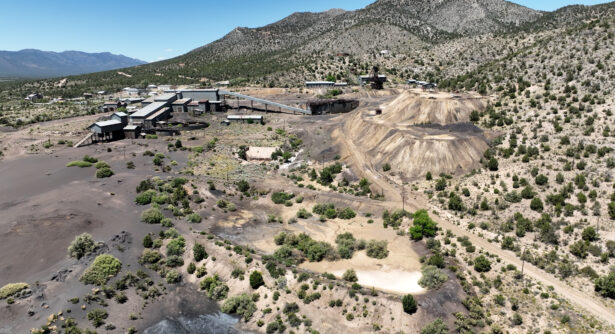Everybody knows what a webinar is. It’s predictable. Unimaginative. And short-lived.
At the onset of COVID, webinars were the most common way of hosting meetings, conferences, and training, raising the specter of endless unimaginative webinars full of PowerPoint presentations. CCLR anticipated that webinars would continue to be a primary outreach method for the long-haul. Despite having captive audiences, it would not make for interesting or engaging events.
Enter the MOVIENAR. Coined and first envisioned by CCLR, this pre-recorded and edited mashup of a webinar and a documentary movie can be used in place of a webinar but can also stand alone as a mini-documentary. It’s a more interesting format and is versatile beyond the original screening. It could be a more engaging alternative for many organizations performing virtual outreach.
The original CCLR movienars were produced for the Tribal Lands and Environment Forum in August 2020. In September 2020, CCLR produced several movienars for the California Land Recycling Conference (View the movienars from both conferences with the links at the bottom of this blog post). For the speakers, it was less stressful than a live presentation and didn’t require any additional preparation. Several conference speakers and participants found the movienar more engaging and are adopting it into their programs.
Movienars are spreading to other CCLR partner events where they are valuable as single webinars, in multi-day conferences, and ongoing resources to add to video libraries. Below we describe the pros and cons of a live speaking event versus a movienar and several tips for production in the hopes that they will be a useful tool to add to your arsenal.
How is a movienar produced?
Like webinars, a movienar can include slide presentations, interviews, and speaker panels. Because a movienar is prerecorded, it is more polished, and imperfections can be corrected. A variety of screen layouts are possible, as shown in the screenshots below, and it is easy to integrate film clips. The planning for a movienar is less complicated for the speakers, similar to that of a webinar beforehand, but less pressure during the recording.
The major difference is that a movienar requires the participation of a video and sound editor. However, the end product is more than worth the additional cost, with more speakers and more info flowing smoothly in a shorter time frame. The table below describes the advantages of each method. For your next online engagement, particularly conferences, consider the movienar format; CCLR will be glad to share tips!

California Land Recycling Conference Movienar Links:
- Sheltering in Places Housing for All – Challenges to housing development in the face of climate change, environmental justice and brownfields
- Seizing the Moment for a More Just Society – Khahn Russo of the San Francisco Foundation
- They’re Just That Into You – A conversation between Contra Costa County Supervisor Diana Burgis and Erik Zitek of Viridian Development about the partnership between local government and private developers.
- Fall of a Mall – Through a case study of Carousel Mall in San Bernardino, CA, learn about redeveloping struggling and underutilized malls.
- Mission Decommission – Decommissioning of an old cement plan breathes life back into a community.
- Philanthropy: What’s Land Got to Do With It – The role of philanthropy in the housing crisis, pandemic recovery, and creating resilient communities
- Taking the Gamble out of Reuse Risks: PFAS & Vapor Intrusion – Environmental insurance, liability, and risk in relation to brownfields contamination.
Tribal Lands Environmental Forum Movienar Links:
- Energizer Buddies – a primer on renewable energy for tribes, with GRID Alternatives, Tanana Chiefs Conference, and Douglas MacCourt, Esq.
- Partnership-building and Visioning Exercises (Part 1) – Methods and tools of the trade – featuring speakers from the Institute of Indeginous Design and Planning Institute (iD+Pi) at University of New Mexico
- Partnership-building and Visioning Exercise bs (Part 2) – A conversation among iD+Pi, CCLR and Kansas State University.







